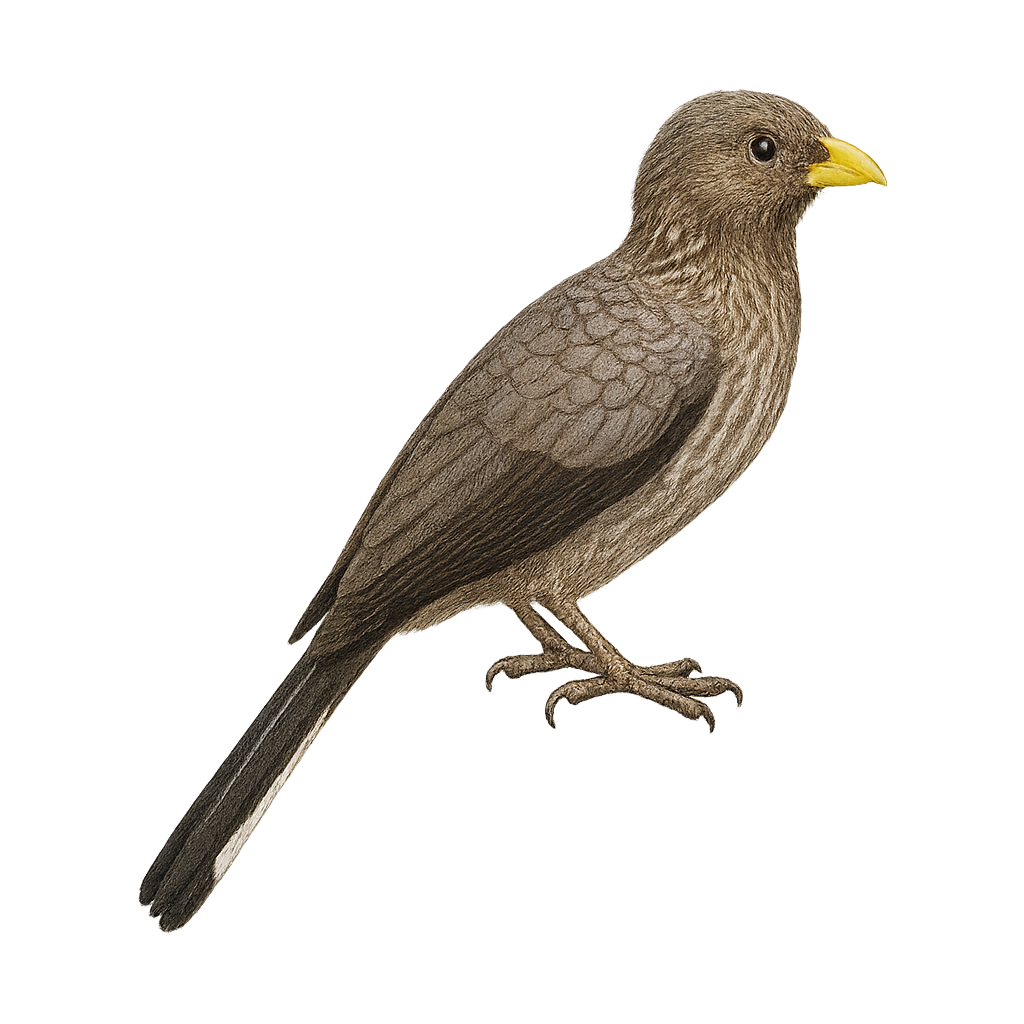Your wildlife photography guide.
Explore the western plantain-eater in detail, study its behavior, prepare your shots.
Where to observe and photograph the western plantain-eater in the wild
Learn where and when to spot the western plantain-eater in the wild, how to identify the species based on distinctive features, and what natural environments it inhabits. The WildlifePhotographer app offers tailored photography tips that reflect the western plantain-eater’s behavior, helping you capture better wildlife images. Explore the full species profile for key information including description, habitat, active periods, and approach techniques.
Western Plantain-eater
Scientific name: Crinifer zonurus

IUCN Status: Least Concern
Family: MUSOPHAGIDAE
Group: Birds
Sensitivity to human approach: Suspicious
Minimum approach distance: 10 m
Courtship display: September to November
Incubation: 27-29 jours
Hatchings: October to December
Habitat:
Tropical forests, savannas, wooded areas
Activity period :
Primarily active during the day, with peak activity in the morning and late afternoon.
Identification and description:
The Western Plantain-eater, or Crinifer zonurus, is a fascinating bird from the Musophagidae family. It is primarily found in West Africa, where it inhabits tropical forests, savannas, and wooded areas. This bird is recognizable by its gray-brown plumage, long tail with white bars, and bright yellow beak. Turacos are known for their distinctive call and ability to move nimbly through trees. They primarily feed on fruits but also consume leaves, flowers, and insects. Their social behavior is interesting, as they often live in small family groups. Although they are relatively common within their range, their habitat is threatened by deforestation.
Recommended lens:
400 mm – adjust based on distance, desired framing (portrait or habitat), and approach conditions.
Photography tips:
To photograph the Western Plantain-eater, it is advisable to use a telephoto lens of at least 400mm to capture detailed images without disturbing the bird. Look for areas where fruits are abundant, as these birds are often attracted to fruit trees. Be patient and discreet, as although they are suspicious, they can get used to your presence if you remain still. The natural light of the morning or afternoon is ideal to highlight the subtle colors of their plumage.
The WildlifePhotographer App is coming soon!
Be the first to explore the best nature spots, track rutting seasons, log your observations, and observe more wildlife.
Already 1 441 wildlife lovers subscribed worldwide

